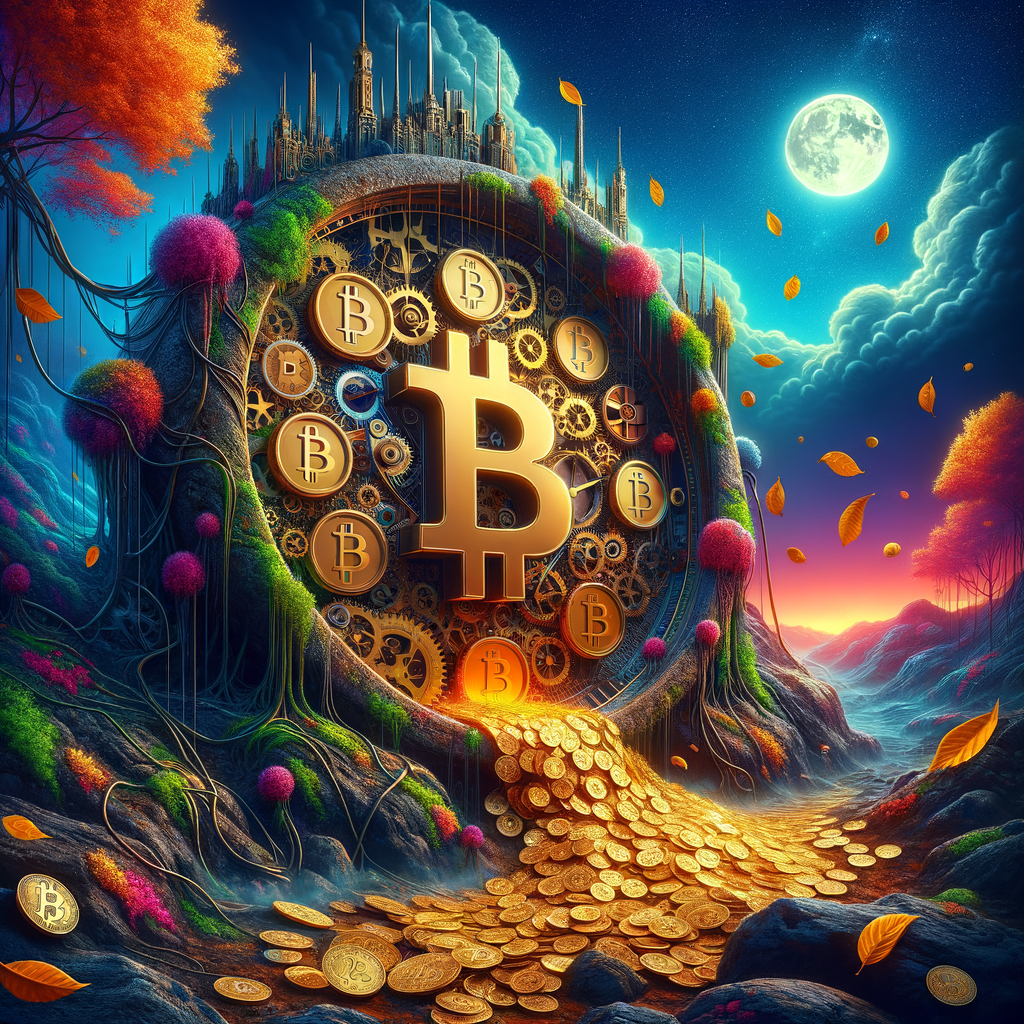What is Bitcoin?
In the simplest terms, Bitcoin is a decentralized way to make transactions.
Bitcoin is the first ‘cryptocurrency’. It is the first and most popular way that we have so far to conduct transactions digitally and, theoretically at least, securely and without an intermediary.
A transaction means to buy or sell something. Normally, when we buy or sell things digitally, a third party or ‘intermediary’, usually a bank, validates each transaction and makes sure that neither party is trying to scam anyone, for example, by sending the same money to two different people at the same time.
The decentralized part of Bitcoin means that it is not necessary to trust one company or individual to keep an accurate log of your transaction or to verify it because everyone has a log of every transaction (this is oversimplified but is essentially how it works). A copy of all the transactions that have ever happened is stored on every Bitcoin user’s hardware. This log of transactions is called the blockchain.
Basically, Bitcoin is a tool that people can use to buy and sell things without having to rely on a bank as a middle-man.
Is Bitcoin a good alternative to use as money to complete transactions? Is Bitcoin a good long-term investment? Well, as with most things in life, it depends.
Here’s what’s good about Bitcoin.
- Bitcoin is in Limited Supply – There will only ever be 21 million bitcoin in existence. Because of the way bitcoin is designed, it is ‘deflationary’. That means that no more than 21 million Bitcoin can ever be made or ‘mined’. So if people want it, the price should keep going up because they won’t be able to make any more of it. This differentiates bitcoin from regular money or ‘fiat’ currency. With fiat money like USD, CAD, and most other national currencies, governments continually introduce new money into circulation. For example, in the US, 26% of all US dollars that have ever existed were created in 2020. These types of money are called ‘inflationary’ because the supply is not constrained. What this means, in practice, is that dollars tend to buy less every year that you hold onto them. Other commodities like gold, tend to increase in value over time because there is a limited supply, and creating more gold is difficult because you have to find it or mine it. Bitcoin, similarly, is limited to 21 million bitcoins, ever. As of February 2021, we’re at about 18.5 million Bitcoin in existence and it takes a lot of computing power to generate a new Bitcoin. Because the supply of Bitcoin is constrained, as long as the demand keeps rising, the price for Bitcoin should also rise.
- Bitcoin is Easily Divisible – The smallest unit of bitcoin is called a ‘Satoshi’ and it’s one hundred-millionth (0.00000001) of a Bitcoin. Right now, one USD = 2,037 Satoshi. Dollars, like Bitcoin are divisible into cents. This makes it easy to buy something that costs less than a full unit. Gold was a good currency in the past for this reason as well. Because it is malleable, you can easily break up a block of gold into smaller chunks. Often, prices were measured in the weight of gold or other precious metals. The British Pound, in fact, used to be called the ‘Pound Sterling’ and gets its name because it used to be the case that British money was measured in pounds of sterling silver. In 1865, a person could exchange 1 US dollar for 1.5 grams of gold. Bitcoin, like gold and money is easily divisible, so that means you can easily buy smaller and larger things with it.
- It is Fairly Secure – Bitcoin is called a ‘cryptocurrency’ for good reason. It is built on cryptography – the science of cracking codes. The foundations of Bitcoin are based on something called a Secure Hash Algorithm. Secure hash functions make it very difficult to reverse engineer a private key from a public key. Taking a step back, for each bitcoin wallet there are two keys, a private key and a public key. The public key is like your address, it tells people where they can deliver your Bitcoin. The private key, is more like the key to your front door. With the private key, you gain access to all of the bitcoin inside of the wallet. What this means, in practice, is that it is very difficult to guess someone’s private key. In fact, it’s so difficult that, with today’s technology, we can say that it is impossible. I say that Bitcoin is ‘fairly’ secure because breaking into someone’s wallet can happen through more ways than picking the lock on their front door. Unfortunately, most people have to go outside. What this means in our analogy for Bitcoin is that people need to access their bitcoin and doing this often leads to them interacting with third parties like cryptocurrency exchanges (think BlockFi or Wealthsimple Crypto). Quantum computers may also pose a risk to the integrity of Bitcoin’s algorithm.




